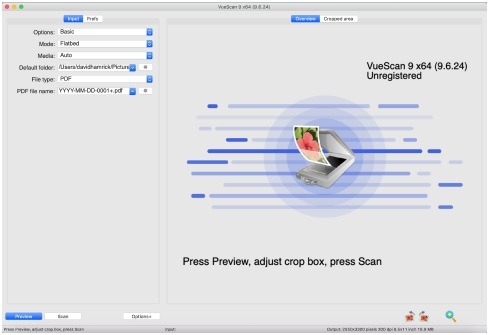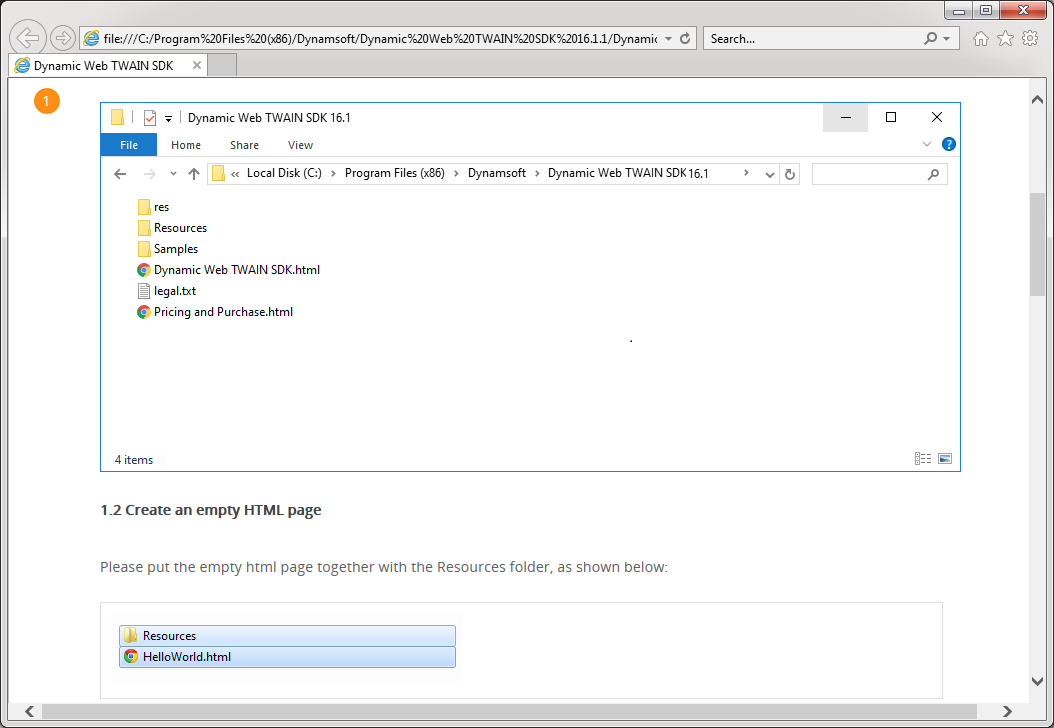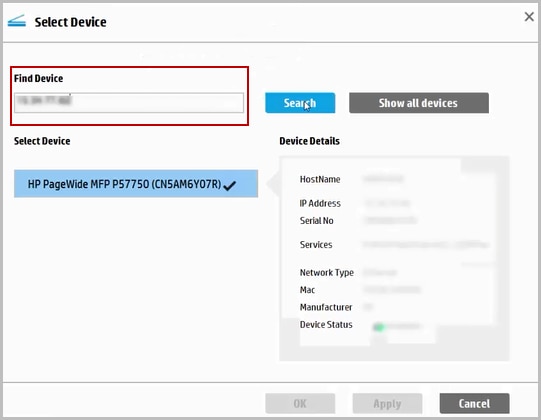

- TWAIN SANE SCANNER SOFTWARE INSTALL
- TWAIN SANE SCANNER SOFTWARE SOFTWARE
- TWAIN SANE SCANNER SOFTWARE MAC
I have thought about it and decided to leave the zip with the old installer packages up for instances where people might want to use older MacOS versions and have trouble with using Brew, but for relatively new machines, use brew to install LibUSB and Sane.d and then drag the scanity app to applications. That's when we'll need a Scanity 2 I imagine. Scanity itself is completely version agnostic regarding libusb or sane.d and should run fine until Apple pulls the plug on Intel binaries or drastically alters the menubar system. But as these are quite old and do not run on newer MacOS instances, my advise for installing Scanity is to use Brew to install the latest and greatest versions of libusb and sane.d and not the included package installers. Basically these are the same installer packages I used when trying Twainsane. I included these package installers out of convenience because they do not require brew to install, but I did not check the versions against the official projects. Thanks go out to Jeff Stearns for directing my attention to that.

Turns out, the package installer for libusb and probably the sane.d installer package as well, are outdated versions that do not run well on MacOS Catalina. This of course is extremely ugly, or make some sort of front end that is more OSX like. Either use some web based sane interface which would give laptops and tablets access to a web interface that controlled the scanner.

With the arrival of cheap printer scanner combination units, the need for a robust frontend for sane on non Linux platforms simply vanished. There is no need to have a all encompassing environment that can cater to every scanner users needs. Here the majority of scanners are combo devices that provide an interface via their driver.
TWAIN SANE SCANNER SOFTWARE MAC
But this isn't true in the windows or mac realms. As I said, sane is to scanners what CUPS is to printers. I have a theory why that is and why sane is such a quality project while all frontends are pure unadulterated spittle.įor Linux, if you want to scan a document in any capacity, you probably end up using the sane project. Most of them have not seen updates in 3 to 5 years. All the front ends (including xsane, which I installed via brew as a final ditch effort) were frustrating and useless. Either being completely unable to find the scanner, when it was apparent that it was working perfectly fine, and in some cases, finding the scanner, but being unable to use it for some daft reason. I tried a couple of frontend packages and all failed in one way or another. The failure of making something simple work. A trend that I have seen all to often in open source. This and the failure of the twain interface started a trend. It did work somewhat, but setting could not be altered because the interface was a mess. The problem however was that is was pure garbage. Libreoffice did somewhat support the sane environment and presented me with a basic scanner window with previews, settings and other options. Using imagescan from the command line, it was clear that it was perfectly possible to scan an image over the network, but other application would have non of that. Well, that makes the whole endeavour pretty pointless! Problem is, the project is in disrepair and even worst, it does not work! The sane part is fine, it sees the scanner on the network and the various attributes it understands, but it simply does not provide a device to the various applications like image capture or photoshop. Basically it is the sane project for OSX with some glue logic to attach it to the relevant interfaces. There is a project that promised to expose a sane'd scanner to the TWAIN interface that OSX uses. Good, so now for the OSX side of the equation. So on my desktop development pi, I had the scanner up and running in minutes.
TWAIN SANE SCANNER SOFTWARE SOFTWARE
It is a perfectly managed software package that does a fantastic job of supporting a ton of scanners, old and new. Surely, how hard would it be to use that shared scanner on other non-linux machines? Well, it turned out to be frustrating and eventually in need of a hack. My plan was to place this scanner in the network by sharing it via the sane project on a raspberry pi. A nice compact Canon LIDE 220, which apparently is still available new! We haven't had a decent flatbed scanner for years as we mostly use camera scanning software on iPads and such, but sometimes it is nice to be able to scan at flatbed resolutions. While thrifting, I found a nice flatbed scanner for a 5 euro's.


 0 kommentar(er)
0 kommentar(er)
